Once upon a time, vanilla was synonymous with plain janes. The default choice, a safe bet, the supporting actor to more daring flavours. But those days are gone. Vanilla has reclaimed its throne, celebrated in lattes, perfumes, and yes, in the quintessential vanilla cake.

But crafting the perfect vanilla cake isn't as simple as adding a splash of extract to your batter. It's about understanding and honouring the complexity of vanilla itself. There's a profound difference between a cake that merely contains vanilla and one that celebrates it.

First, the Vanilla Matters More Than You Think
Vanilla has a history as rich as its flavour. The Totonac people of Mexico were the first to cultivate it, later adopted by the Aztecs, who used it to flavour their xocoatl, a luxurious bitter chocolate drink. When the Spanish brought vanilla to Europe, it quickly became a sought-after ingredient, gracing the tables of French patisseries and English royal banquets. Once worth more than silver, vanilla remains one of the most labour-intensive spices to produce - its delicate flowers must be pollinated by hand, making true vanilla a prized and precious ingredient. And a fun fact, vanilla is actually the fruit of an orchid (one for the pub quiz!)

Not all vanilla is created equal. The finest vanilla for baking comes from Madagascar, Tahiti, or Mexico:
- Madagascar Vanilla Beans: The gold standard, known for their rich, creamy, and classic vanilla taste. They create a deep, well-rounded flavour that works beautifully in cakes.
- Tahitian Vanilla Beans: Floral, fruity, and slightly exotic, with notes of cherry and anise. They offer an aromatic lift that makes for a delicate yet fragrant vanilla cake.
- Mexican Vanilla Beans: Bold, spicy, and complex, these beans add a woody depth that enhances the warmth of a good vanilla cake.
Grade Matters
Opt for Grade A (Gourmet) beans - plump, moist, and bursting with flavour. Lower-grade beans are best for extracts but lack the intensity for a cake that’s truly vanilla-forward.
Extracting Maximum Vanilla Flavour
Vanilla isn’t just a flavour - it’s an experience. Its primary flavour compound, vanillin, is fat-soluble, meaning it needs butter, cream, or oils to fully bloom. But true vanilla isn’t just vanillin - there are over 250 volatile compounds responsible for its depth, making it one of the most complex flavour profiles in baking.
- Double Infusion Technique: Warm both the butter and milk with split vanilla beans, allowing the oils and aromatics to release. Let it sit overnight for an even deeper flavour.
- Vacuum Infusion: If you’re serious about flavour extraction, sealing vanilla beans with cream in a vacuum bag accelerates the process, making the vanilla sing in your cake.
- Vanilla Sugar: Store used vanilla pods in sugar for a week or more. This vanilla-infused sugar replaces regular sugar in your recipe, layering flavour at every step.

The Perfect Texture
A stellar vanilla cake should be soft, airy, and melt-in-the-mouth moist. Here’s how to achieve that perfection:
- Use of Acidic Ingredients: Buttermilk, yoghurt, crème fraîche, or even a touch of vinegar help keep the crumb soft and counterbalance the sweetness.
- The Maillard Reaction Trick: If using butter, brown the butter before incorporating it into the batter. This introduces nutty, caramelised notes, elevating vanilla’s natural depth.
Baking Temperature and Flavour Preservation
Vanilla is highly volatile - too much heat, and you’ll lose its delicate floral and fruity notes.
- Lower Baking Temperature (150-160°C instead of 175°C): This preserves vanilla’s complexity, ensuring every bite is packed with flavour while also ensuring an even rise. This does affect baking time as you'll have to go low, and slow.
-
Blooming Vanilla in Warm Milk: Heating vanilla in milk before mixing ensures even distribution and prevents flavour pock

Vanilla Cake Trends & The Modern Vanilla Boom
Vanilla has undergone a renaissance in recent years. No longer just a default flavour, it’s now the centrepiece of artisan cakes and premium patisserie. Several factors have driven this shift:
- The Great Vanilla Shortage: Due to environmental changes and Madagascar’s dominance in production, vanilla prices have soared. This has only made pure vanilla more desirable and exclusive.
- Bakeries Showcasing Vanilla: High-end patisseries have started showcasing pure vanilla cakes, embracing its complexity rather than masking it with heavy toppings.
-
Vanilla-Forward Ice Cream & Pastries: Once overlooked, vanilla bean ice cream is now the premium choice over artificially flavoured alternatives. A well-made vanilla cake follows the same principle - it’s all about the beans, the process, and the respect for the ingredient.

Frosting: The Professional Touch
The frosting should complement, not overpower, the vanilla cake:
- Crème Légère: A luxurious blend of pastry cream and lightly whipped cream, allowing vanilla to shine without excessive sweetness.
- Mascarpone Whipped Ganache: White chocolate infused with vanilla, whipped to airy perfection, creating a silky, elegant finish.
-
Swiss Meringue Buttercream: Traditional Swiss meringue buttercream is perfect with its reduced sugar content for bringing out the flavour of vanilla (grab our recipe in the link!)

The Verdict: A Cake Worthy of Its Name
Vanilla isn’t “plain” - it’s one of the most nuanced, luxurious flavours in the world. When treated with respect, it transforms a simple cake into an experience. A great vanilla cake isn’t just about adding extract to batter it’s about understanding vanilla’s origins, chemistry, and ability to evolve with fat, sugar, and heat.
The next time someone calls vanilla boring, hand them a slice of a cake made with double-infused vanilla sugar, aged vanilla milk, and a silky Swiss meringue frosting - and watch them eat their words.
And as always, if you CBA making one, you can always order one of our fantastic vanilla cakes at the click of a button and delivered straight to your door in London or Surrey!



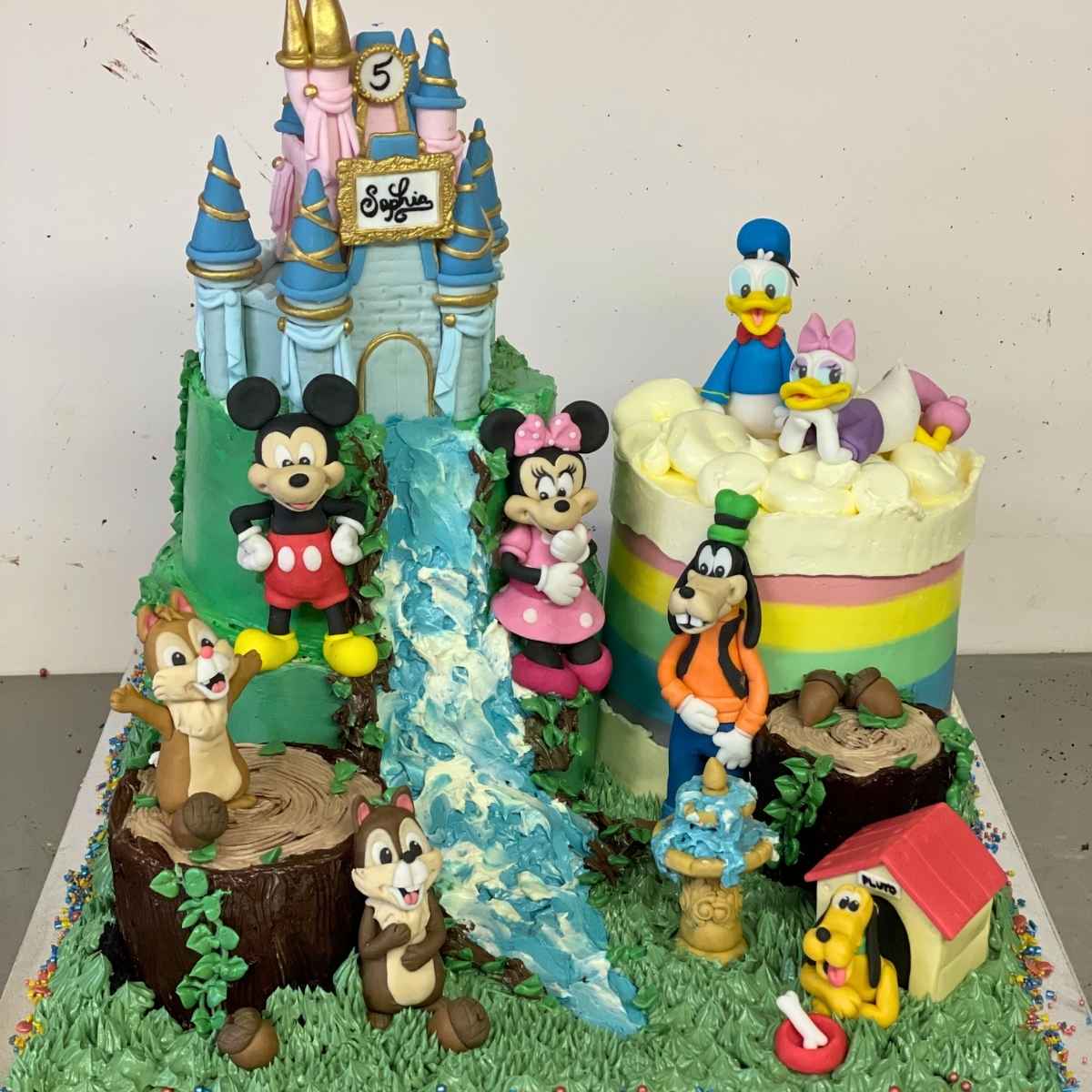
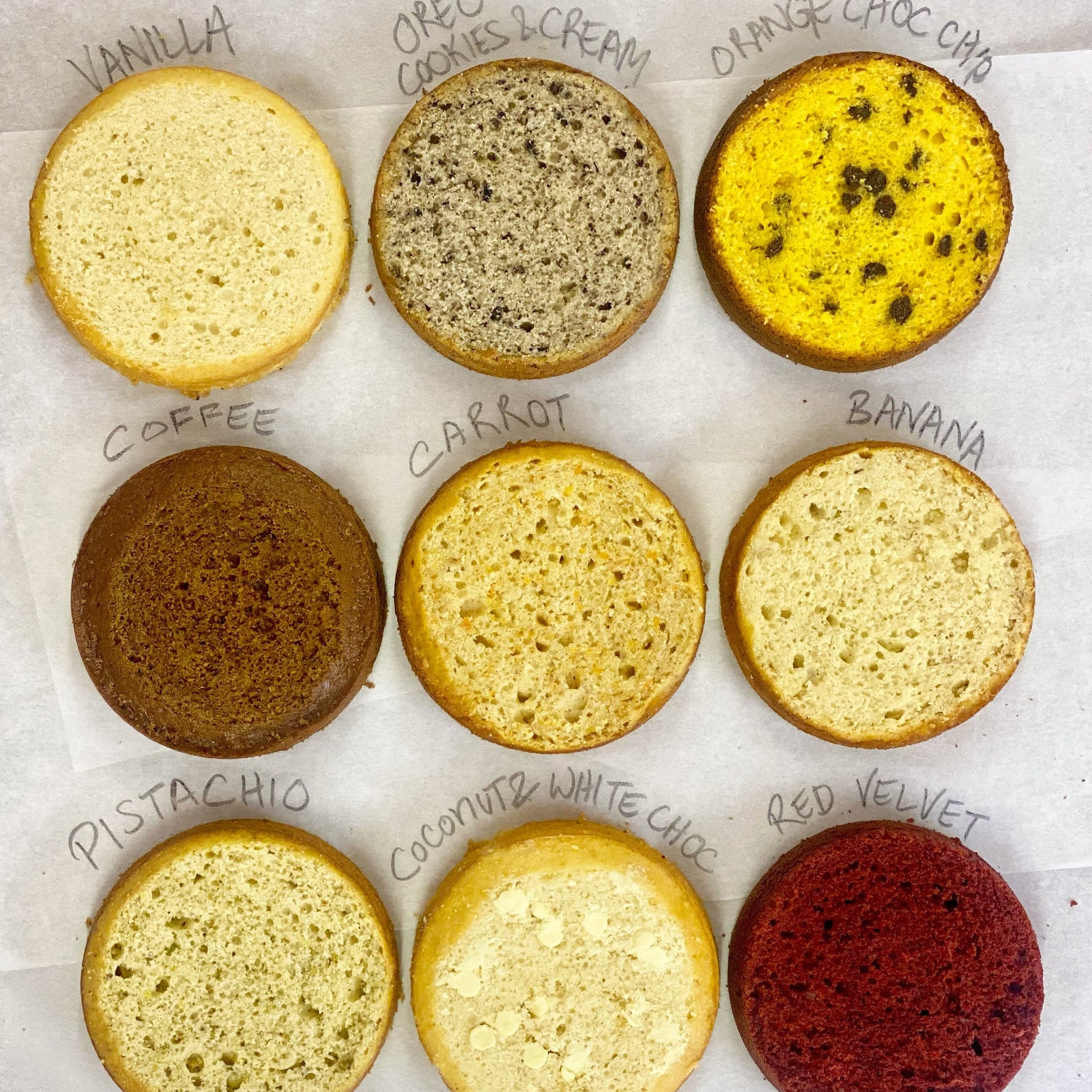
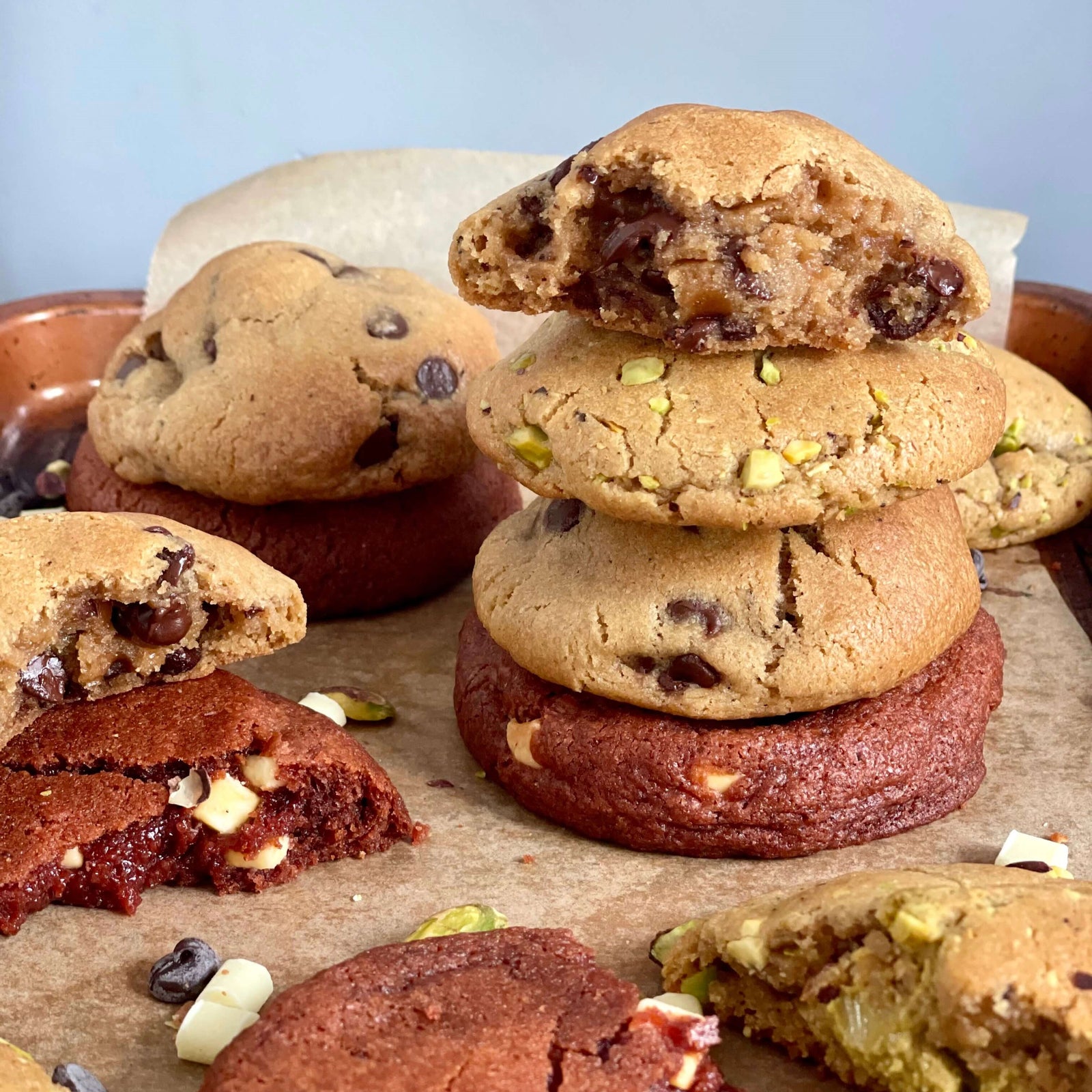
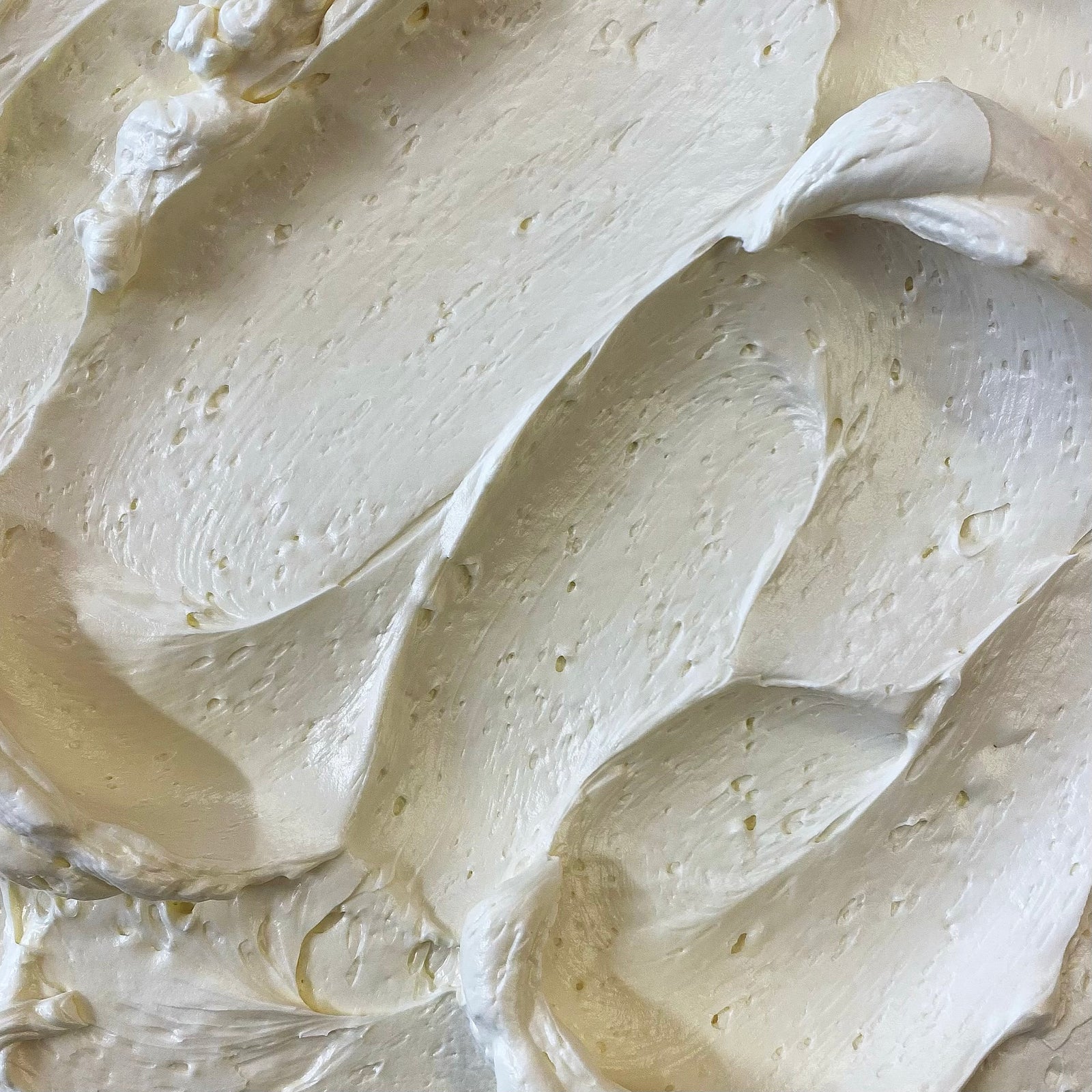
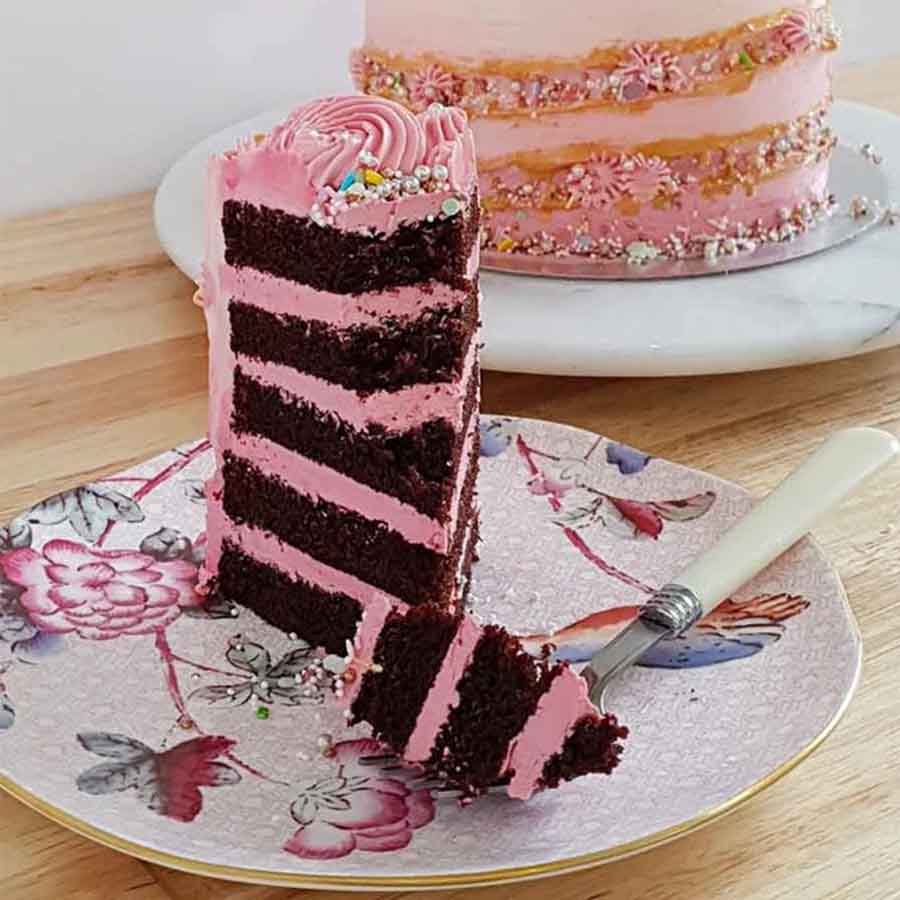
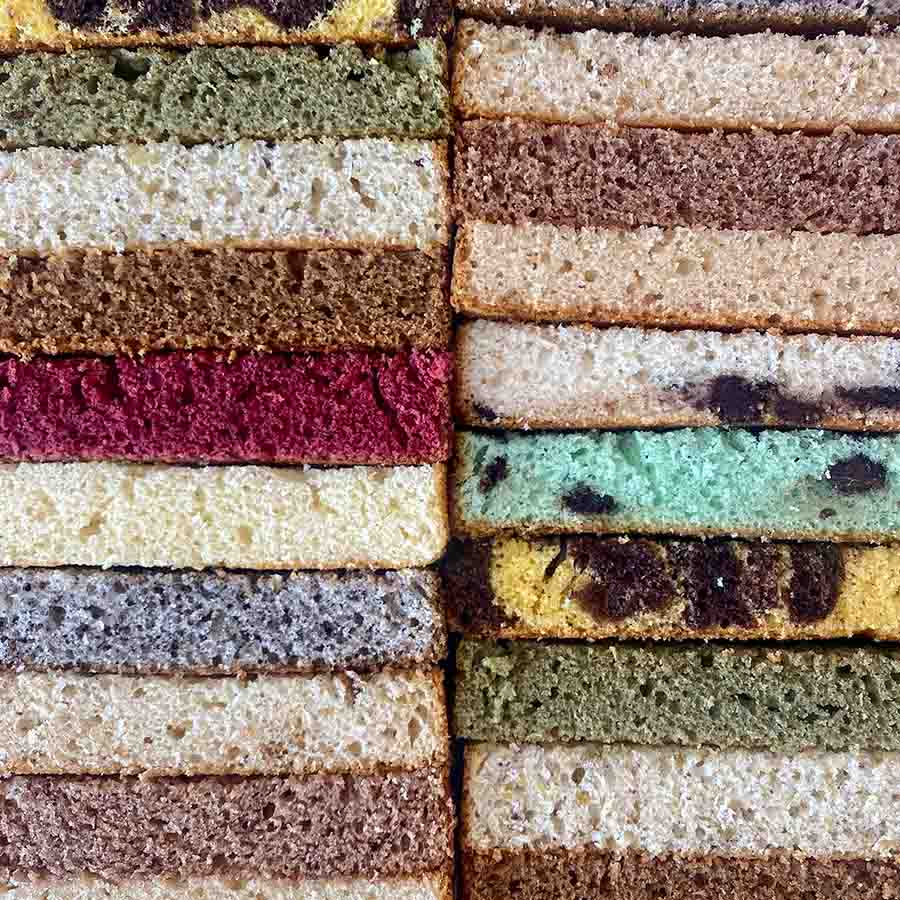


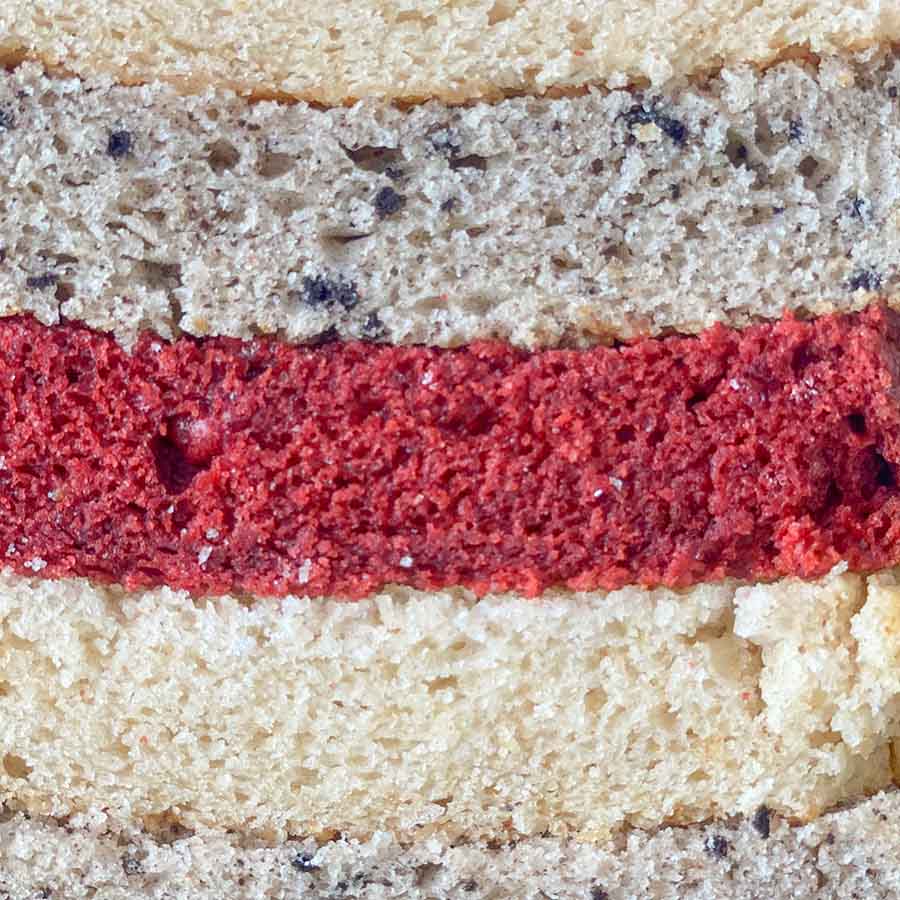
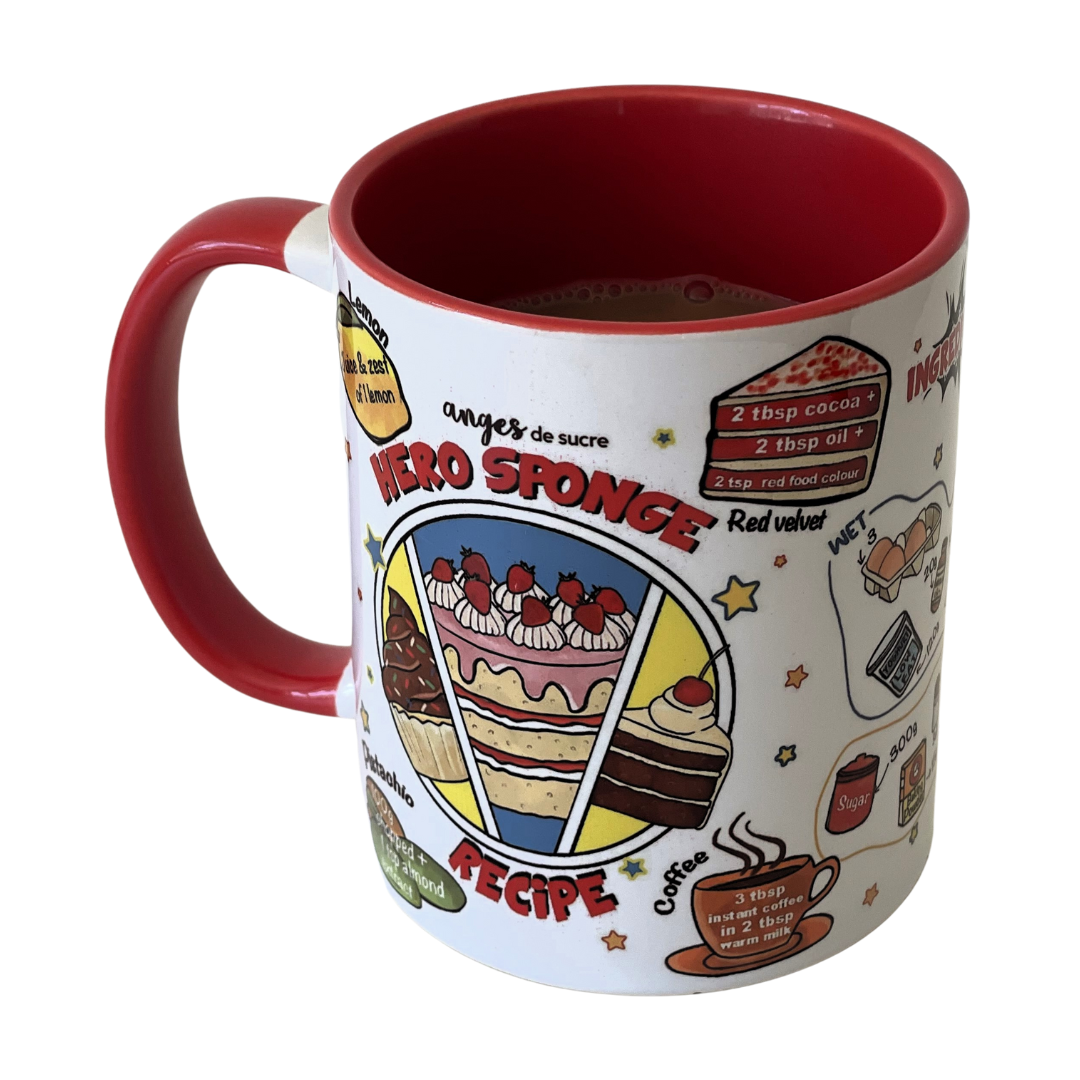
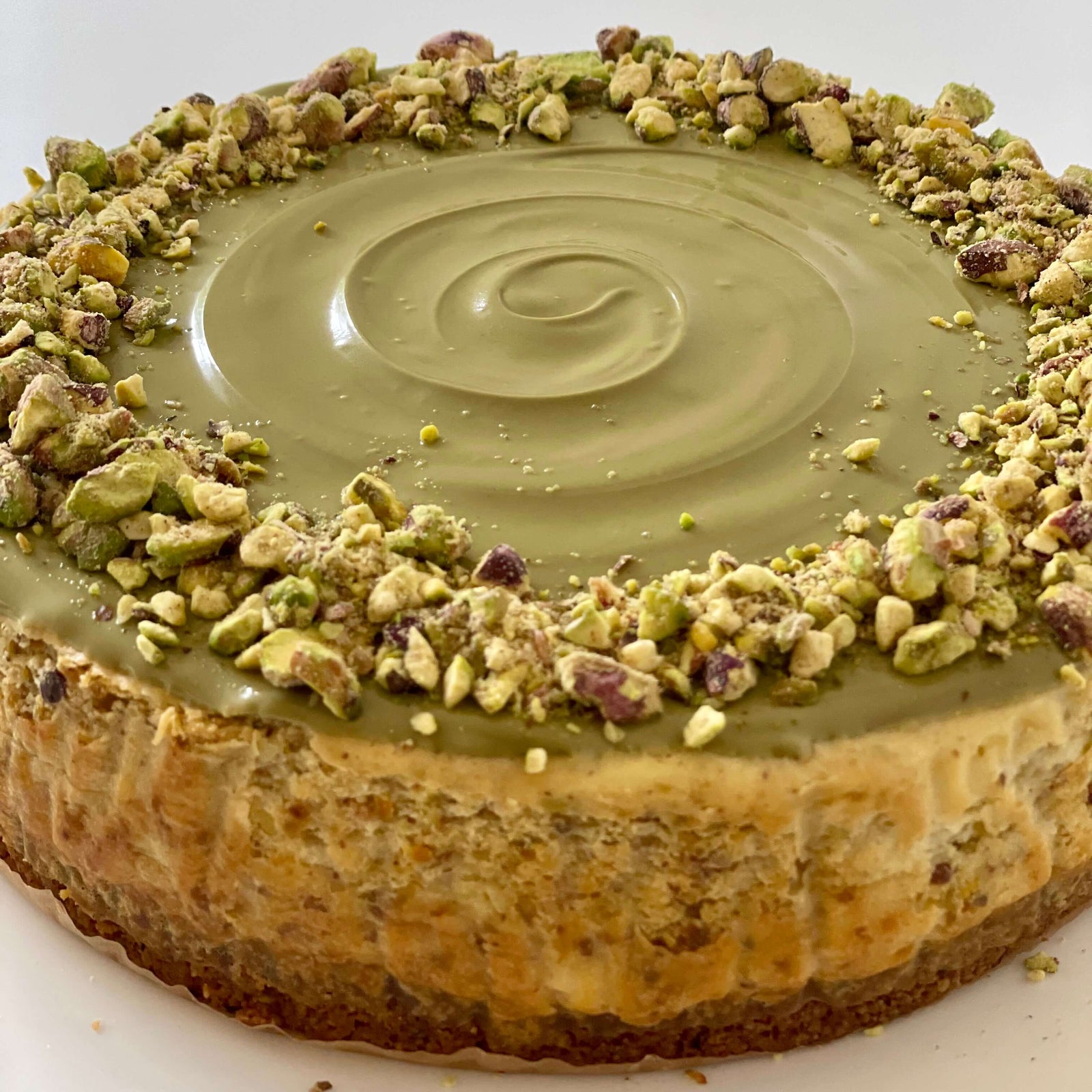
Leave a comment (all fields required)